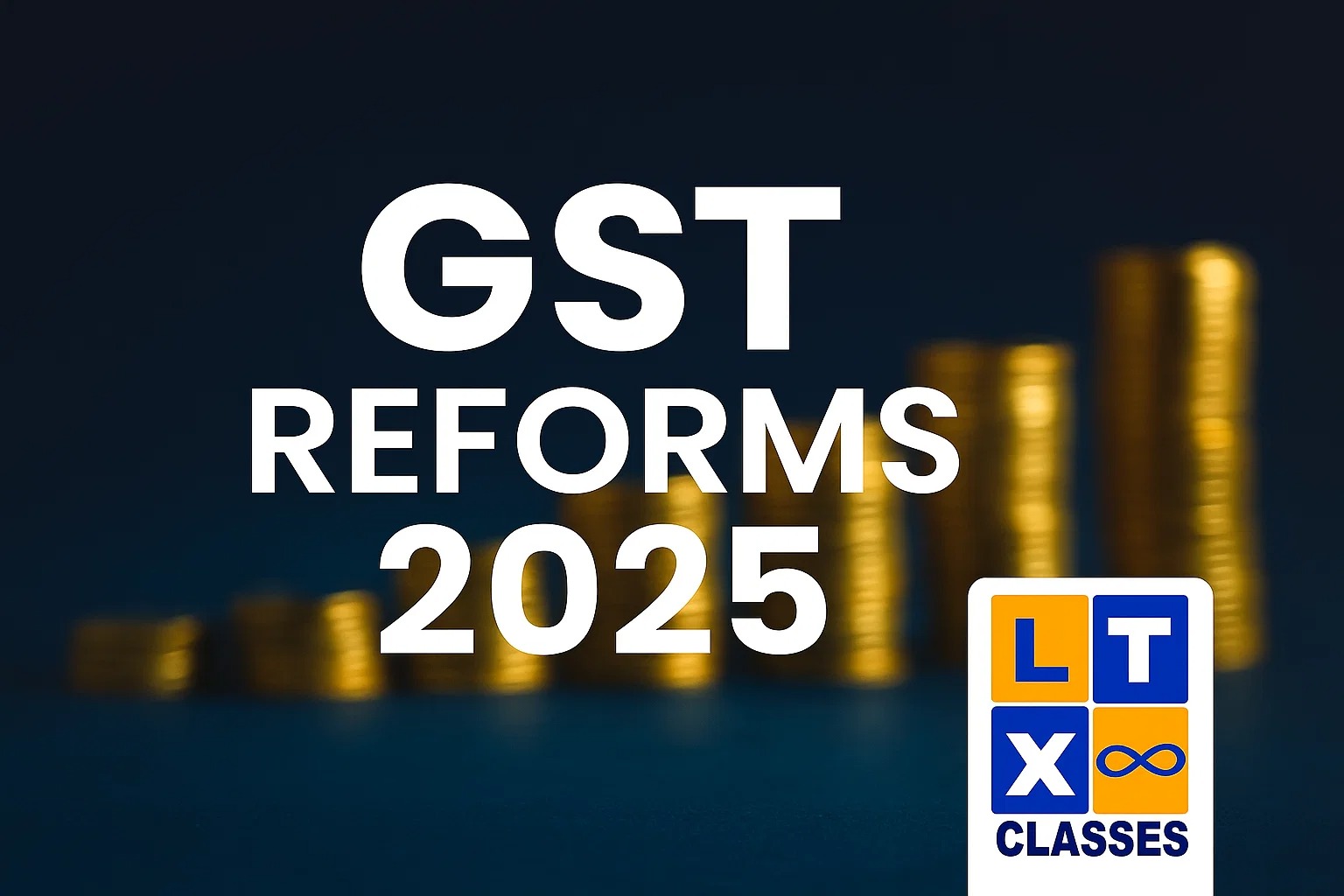There are no items in your cart
Add More
Add More
| Item Details | Price | ||
|---|---|---|---|
Why in News?


Q. Consider the following statements regarding the proposed GST reforms in India (2025):
1. The government has proposed reducing GST slabs to two main rates – 5% and 18%.
2. A new 40% slab is proposed for sin and luxury goods.
3. Petroleum products will now be included under GST and taxed at 40%.
4. Simplification of return filing and refund is a part of the reforms. Which of the above statements is/are correct? (a) 1 and 2 only
(b) 2 and 4 only
(c) 1, 2 and 4 only
(d) 1, 2, 3 and 4
✅ Answer: (c) 1, 2 and 4 only Explanation:
